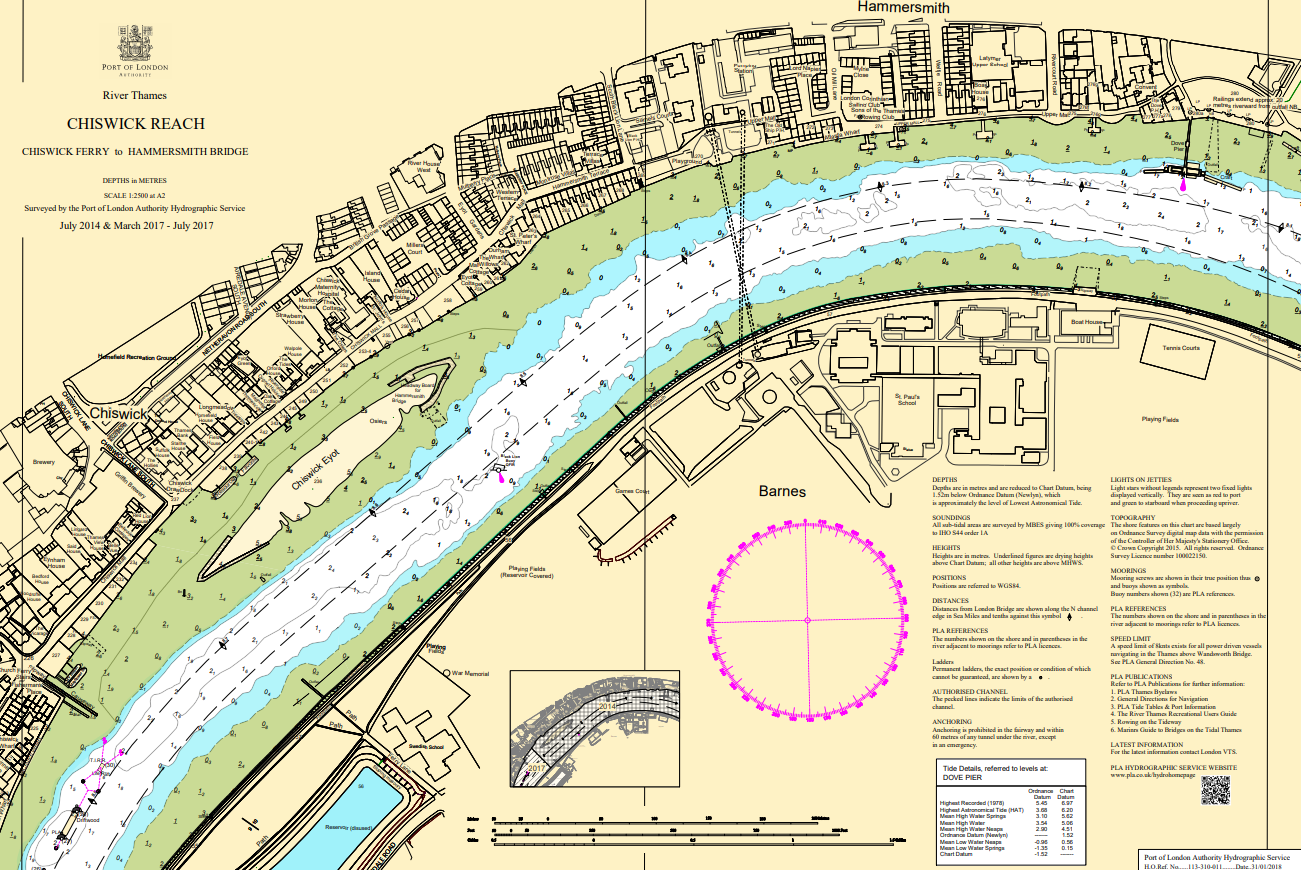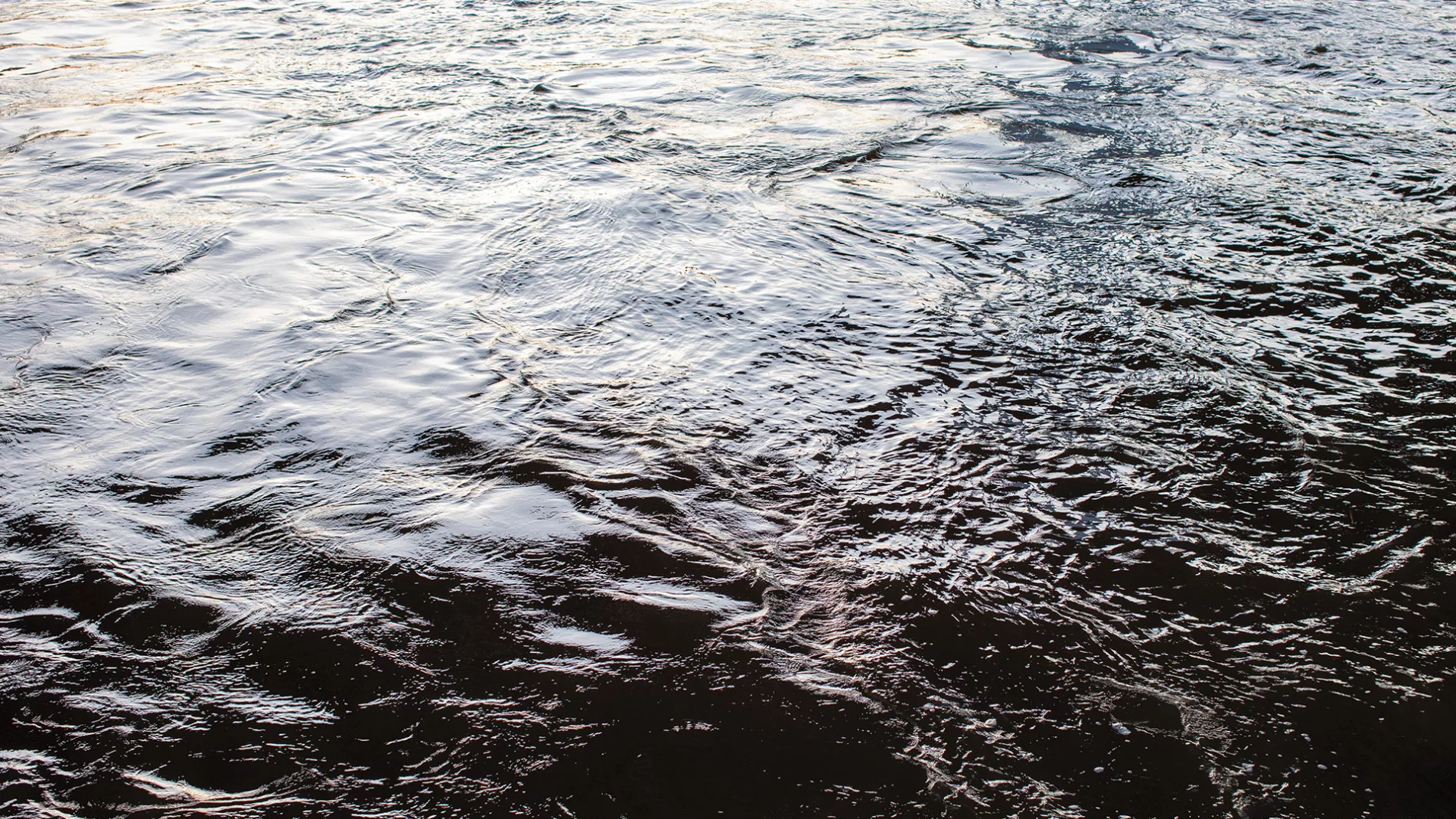Live Tides
NOTICES TO MARINERS
Charts & Surveys

Incident reporting
Life-threatening emergencies on the river:
Call 999 and ask for the Coastguard
For near miss, safety observations and incident reporting click below

Swimming in the tidal Thames
Swimming in the tidal Thames is not an activity which the Port of London Authority encourages.
The tidal Thames is a fast-flowing waterway and the busiest inland waterway in the UK accommodating over 20,000 ship movements and hosting over 400 events each year.
Dangers to swimmers
- Powerful tides running at around five miles an hour will overpower even the strongest swimmers.
- Eddies and undertows, which are caused by the uneven riverbed, bridge pillars, piers and moored vessels, can suck swimmers under in seconds.
- Bitingly cold river water will cripple the most accomplished swimmers and cause involuntary breathing spasms – known as a ‘gasp reflex’ – when a person is temporarily submerged.
- Sewage discharges are also a hazard. These spillages occur when heavy rainfall overwhelms the capital’s Victorian sewage system.
It is important to remember that each year the RNLI, Metropolitan Police and Port of London Authority deal with tragic drownings.
It is for these reasons the PLA restricts swimming throughout the majority of its jurisdiction for the safety of swimmers and river users.
Danger to river users
Vessels can be forced to take sudden avoiding action if a swimmer appears in their channel, putting the vessel at risk of collision with bridges, piers or other vessels.
Where can you swim?
The PLA allows swimming to take place upriver of Putney Bridge through to Teddington. It is permitted in this area only but be reminded that it is still a busy section of the tidal Thames for leisure and recreational activities.
When swimming in this area it is important to note that vessels will be navigating, and it is vital for your safety to:
- Maintain a good lookout
- Make yourself as visible as possible to other river users, by wearing a hi-vis swimming cap and/or ensuring that you have a hi-vis towable buoyance aid with you
- Never swim across the river
- Don’t swim more than 10 metres from the water’s edge and as far inshore as possible
- Try to remain in water shallow enough to stand up in so you are able to stand up and return to a place of safety should you get into difficulty
- Let someone know where you are going and for how long or join a club – https://nowca.org/.
Alternative options
It is recommended that people swim in controlled environments, such as a local leisure centre swimming pool or lido. Alternatively, the National Open Water Coaching Alliance organises open water swims and provides safety information.
Guidance on watersports and physical activity can be found on our Active Thames website. Find out more about our work to prevent incidents on the river on our water safety page.
Find a swimming venue near you
Discover


